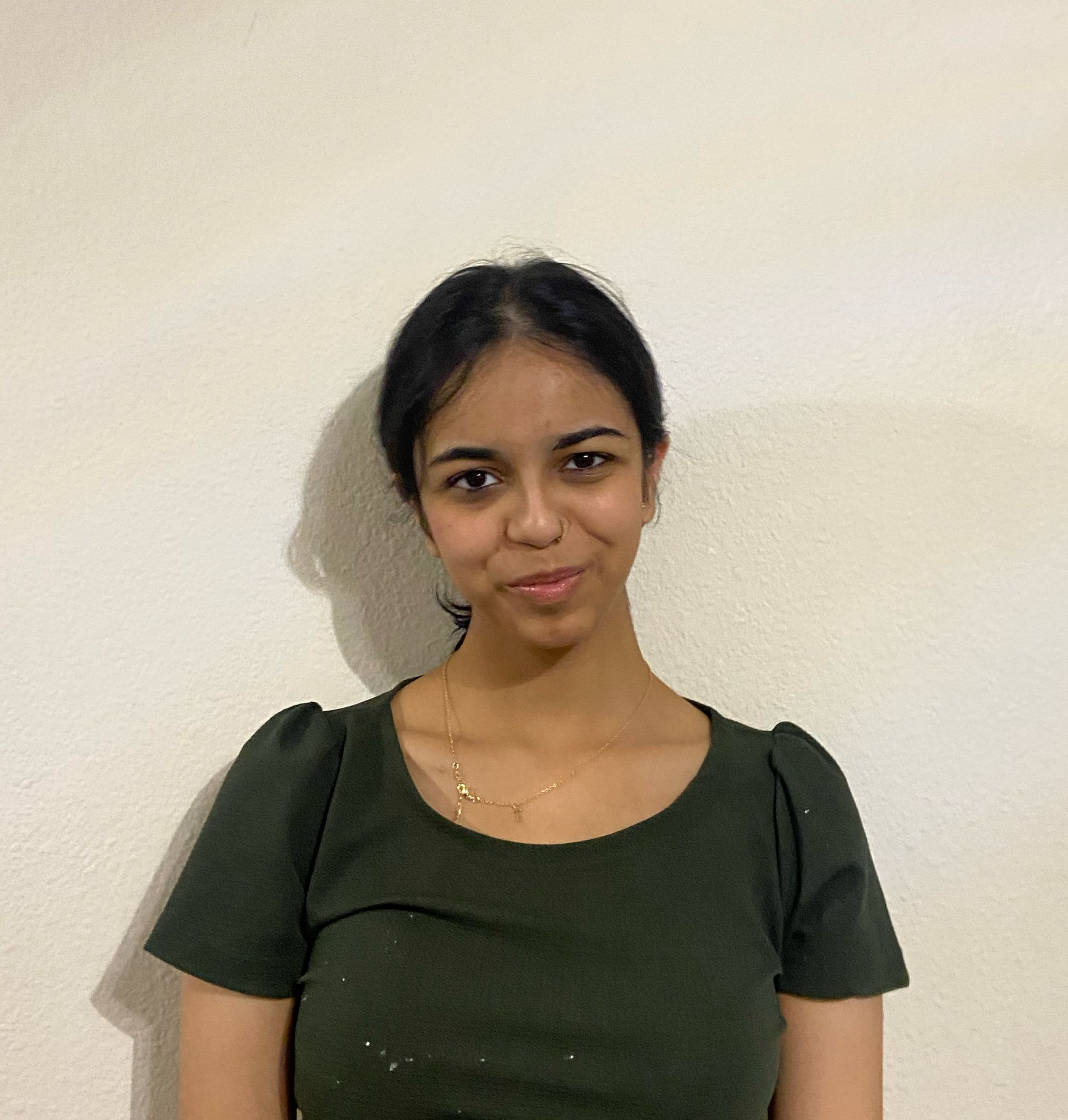Research Symposium
25th annual Undergraduate Research Symposium, April 1, 2025
Tvisha Sarkar Poster Session 3: 1:45 pm - 2:45 pm/ Poster #43

BIO
My name is Tvisha Sarkar and I am a sophmore majoring in Psychology and Statistics. My primary research interests lie in memory recall and cognitive ability, with a growing passion for clinical psychology. I aspire to pursue a Ph.D. in Clinical Psychology, integrating my background in neuroscience research to explore innovative approaches to assessment and treatment.
Specifically, I am interested in the potential applications of transcranial magnetic stimulation (TMS) in clinical evaluations and therapeutic interventions. My experience in neuroscience labs has deepened my curiosity about how neuromodulation techniques can enhance diagnostic accuracy and improve treatment outcomes for psychological disorders. Additionally, I have a strong affinity for data analysis and its role in psychological research, as it allows for objective insights into cognitive and behavioral patterns.
In the long term, I aim to balance both clinical practice and research, working as a therapist while contributing to advancements in psychological science. I am particularly motivated to bridge the gap between data-driven research and practical therapeutic approaches, ensuring that innovative methodologies, such as TMS, are effectively integrated into clinical psychology.
Fixation & Forgetting: How Trauma Affects Memory Encoding
Authors: Tvisha Sarkar, Molly Hermiller PhDStudent Major: Psychology and Statistics
Mentor: Molly Hermiller PhD
Mentor's Department: Psychology and Neuroscience Mentor's College: Arts and Science Co-Presenters: Bronson Empsall
Abstract
This study examines how hypervigilant symptoms affect visual fixation on naturalistic
narratives and its correlation with memory encoding and recall. Although previous
research has shown the relationship between hypervigilance and increased fixation
points, it has not looked at naturalistic narratives that have positive or
negative outcomes or the relationship to memory encoding. Participants will fill
out self-report measures alongside a structured clinical interview. They will then perform a cognitive task that involves viewing a series of landscape images and rating them on a Likert scale while an eye-tracker records their eye movements. The next phase will prime them for hypervigilant behavior while encoding narratives with positive or negative conclusions over landscape images. They will complete a round of self-reports and then complete the final phase where participants are asked to reimagine and visually retrace images where they believe they belonged on screen. It is expected that participants with higher hypervigilance scores will remember the placement of negative resolutions better than others. They will also remember less and have more overall fixation points across the landscapes than their counterparts. The results could suggest that hypervigilance not only has an attention bias towards threatening stimuli, but a memory bias and general memory deficits. It would also fall in line with a dual process model of attention for PTSD, that deficits in top-down attention will lead to a larger focus on negative stimuli and the facilitation of threat detection, but deficits in bottom-up attention could lead to general distractibility from the task.
Keywords: PTSD, Eye tracking, Memory, Hyppervillagance


